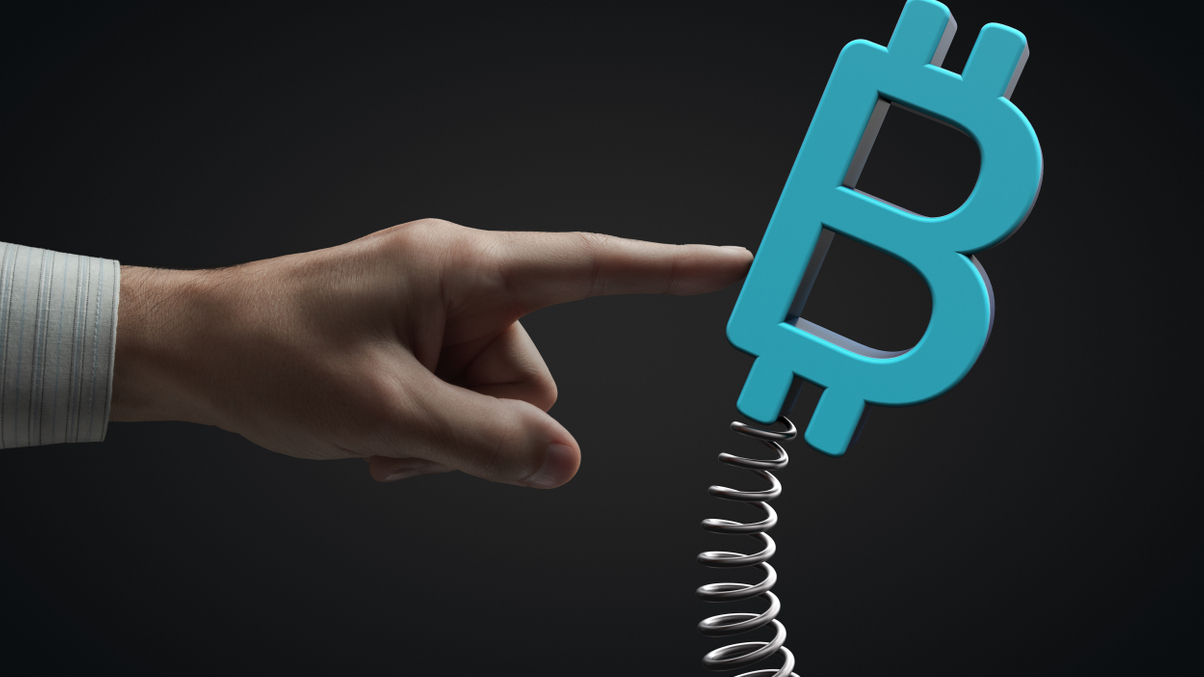What GPIF thinks about crypto, other niche assets
Although the Japanese state pension fund is curious about newer investment classes, more developments are required before they become relevant to its investing, its CIO says.

Back in March, the largest pension fund in the world, Japan’s Government Pension Investment Fund, made waves when it sent out a request for information (RFI) about illiquid assets, with a special mention for crypto assets such as Bitcoin.
Sign in to read on!
Registered users get 2 free articles in 30 days.
Subscribers have full unlimited access to AsianInvestor
Not signed up? New users get 2 free articles per month, plus a 7-day unlimited free trial.
¬ Haymarket Media Limited. All rights reserved.


